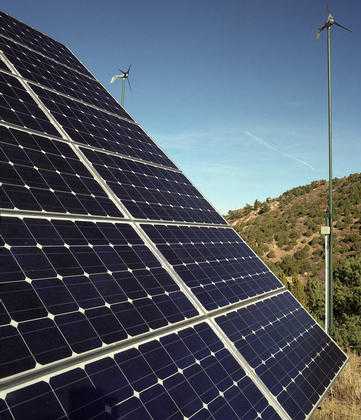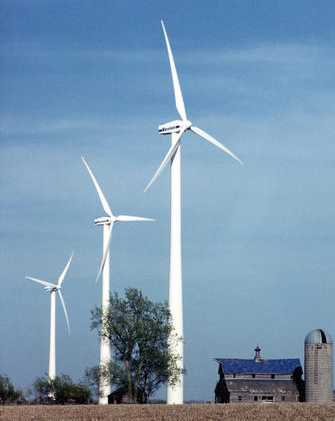on Markets, Policy, Investment, and Future Pathways
by Eric Martinot


|
Renewable Energy Information on Markets, Policy, Investment, and Future Pathways by Eric Martinot |
 |
 |
The city groups its activities into four categories: public awareness (called "sense of crisis"), measures aimed at stimulating citizen initiative (called "movement"), incentives (called "propagation to citizens and business operators"), and city-sponsored activities (called "initiatives of the city government").
So far, the city has undertaken a number of projects. Notable are several large cogeneration projects utilitizing waste heat from turbines powered by locally-produced natural gas, yielding up to 70-80% energy utilization efficiency as part of an "urban redevelopment plan." The city has purchased 55 low-emissions vehicles for its use, including 34 natural-gas cars and garbage trucks. There are five solar power demonstration projects in schools (typically 10kW size, providing 7-8% of school's power consumption), as well as other public facilities like the zoo. As for private development, one suburban residential complex with 500 homes to be constructed by 2008 is expected to have 1500 kW PV (3 kW per home).
In the future, the city plans to use snow in wintertime to displace cooling energy demand and continue R&D on fuel cells and hydrogen, including hydrogen transport and storage and efficient natural gas reforming.
The city of Sapporo has a stated goal of a 10% reductions in CO2 emissions per capita by 2012 (relative to 1990 levels). This is consistent with Japan's overall 6% emissions reducation target under the Kyoto Protocol. However, Sapporo's emissions in 2000 were 16% above 1990 levels, meaning a substantial reduction will be required in the future (a situation typical of virtually all Kyoto Protocol signatories).
Page updated December 10, 2004
Photo credits C. Babcock, W. Gretz and
DOE/NREL Photo Information Exchange